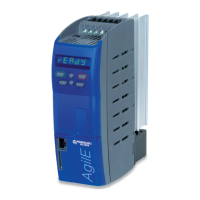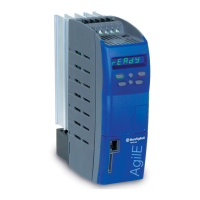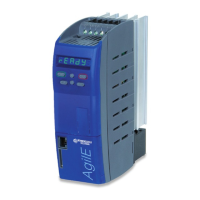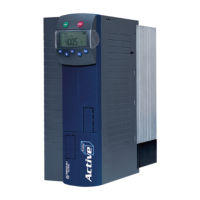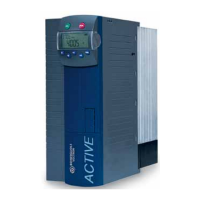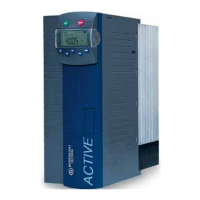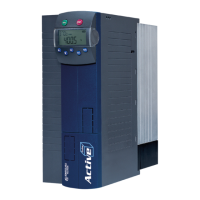Parameter descriptions
For example: The desired set value is a fixed percentage.
Reference Percentage Source 1 476 or Reference Percentage Source 2 494 ="3 - Fixed Percentage")
Set and select fixed percentage.
Parameters 520, 521, 522, 523
(fixed percentages)
See chapter 7.5.2.3 "Fixed percent-
Fixed Percent Change-Over 1
75 and Fixed Percent Change-
76
Select digital inputs or logic signals.
See chapter 7.6.6.6 "Fixed percent-
age changeover".
Real value for PID controller
Actual Percentage Source 478
Select input where PID real val-
ue is applied.
For example: analog PID real value at MFI1A. Set terminal X12.3 as analog input.
Voltage input or current input.
See chapter 7.6.1 "Multifunction
For the adjustment to the application, setting the minimum and maximum frequency may be required:
The values of the set ramps (parameters 420 to 426 and 430) are considered if the PID controller is
used.
The technology controller can be started via the signals of parameters
Start Clockwise 68 or Start
Anticlockwise
69.
The control deviation (difference between reference percentage and actual percentage is signaled to
the PID controller. The PID controller adjusts the output frequency of the frequency inverter such that
the control deviation is minimized.
P controller: The output of the P controller is the product of the control deviation and the amplification
and follows the control deviation linearly and without delay. A control deviation will be maintained.
I controller: The output of the I controller is the integral of the control deviation. The task of the I
controller is to eliminate the control deviation. The integral time defines how fast the control deviation
is compensated. If the I controller is set too dynamically (fast compensation of deviations), the system
may become unstable and vibrate. If the I controller is set too passively (slow compensation of devia-
tions), the stationary error is not compensated sufficiently. For this reason, the integral portion must
be adjusted plant-specifically.
D controller: The D controller assesses the change of the control deviation and calculates it change
rate. This value is multiplied by the derivative time. The D controller responds to announced changes
and causes a fast control behavior. The D controller can stabilize the control circuit and reduce vibra-
tion. On the other hand, errors (e.g. interference voltages) are amplified.
In order to use the output value of the PID controller as the reference frequency, setting "30 - Tech-
nology Controller" must be selected for
Reference Frequency Source 1 475 or Reference Frequency
Source 2
492. If the technology controller is selected as the reference frequency source, the settings
of the PID controller are activated.
221
Control functions 06/2013 Operating Instructions
Agile
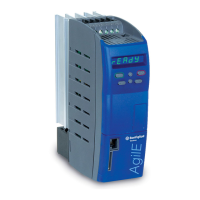
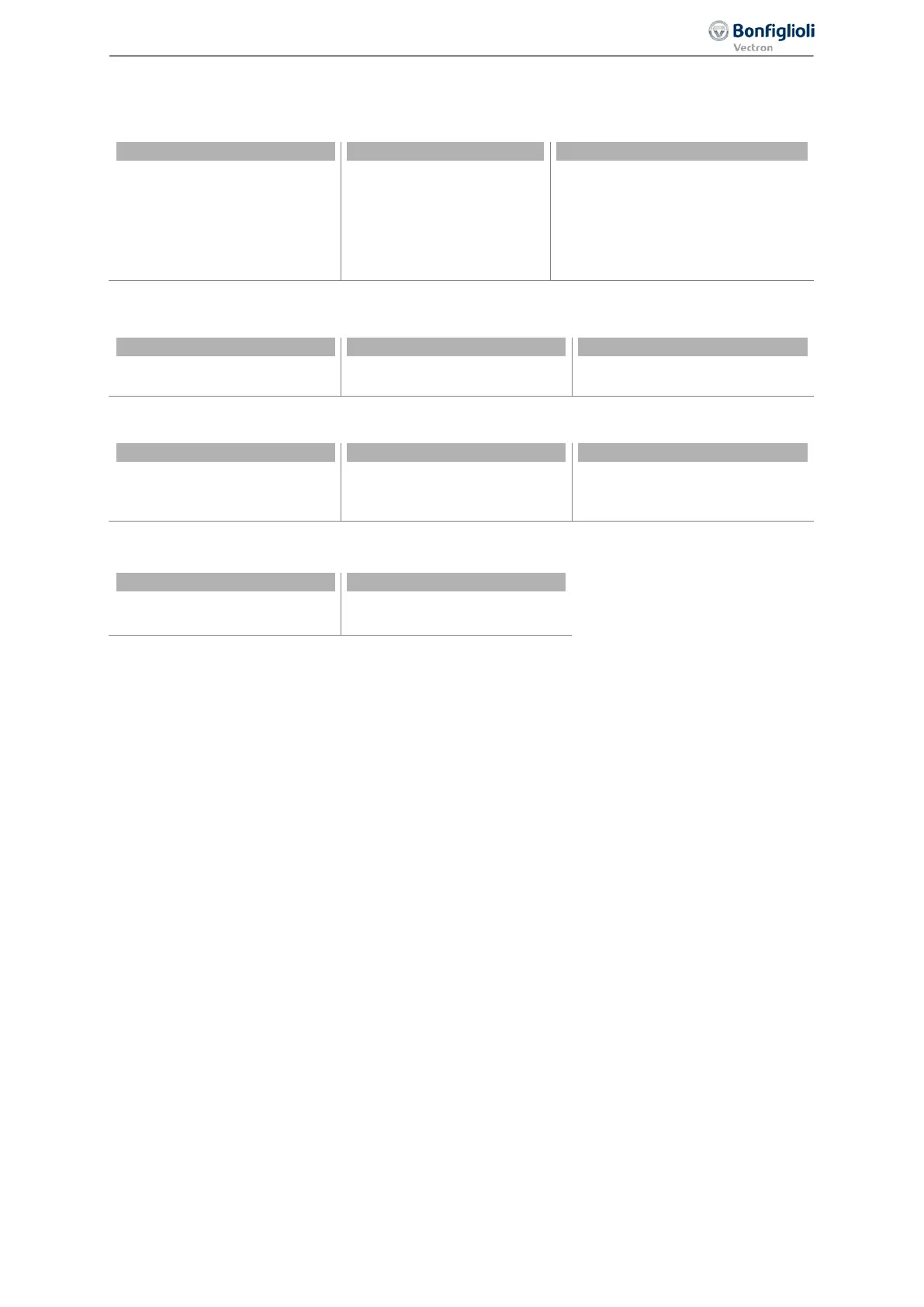